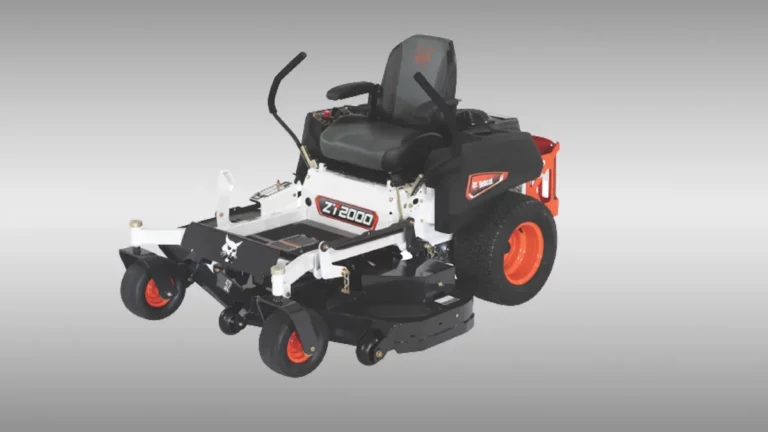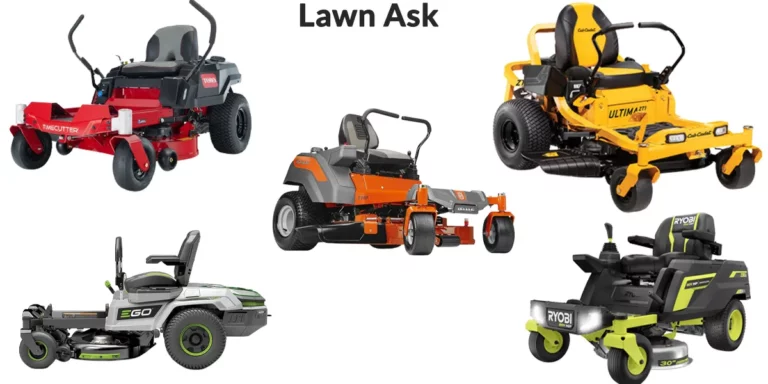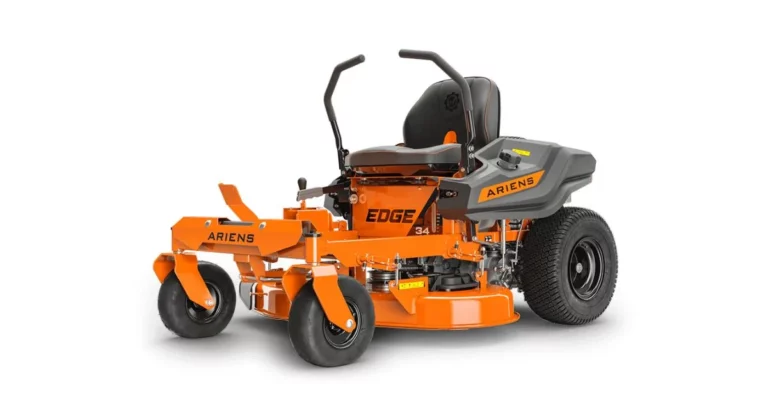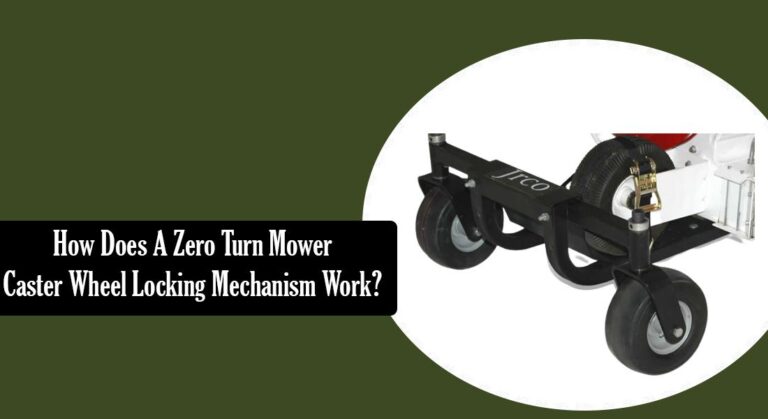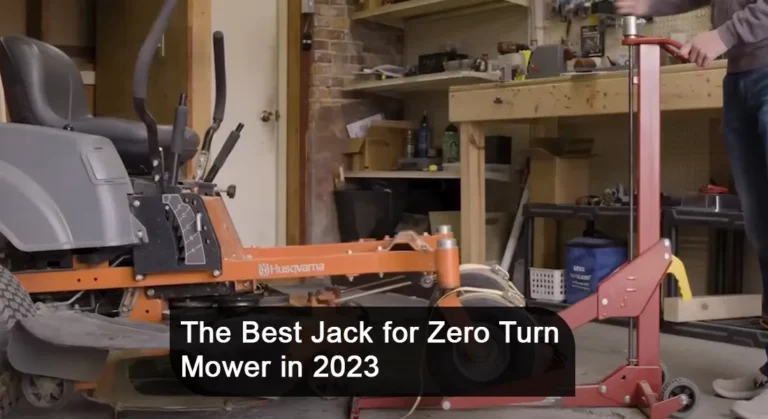How To Engage Blades On Gravely Zero Turn Mower?
Regarding comfort, speed, style, and precision, gravely’s Zero turn mower could be your number one choice. But without proper blade engagement, it can’t give you better performance in tight areas. If you are a newbie or DIY enthusiast like me, a question may hit your mind: How do I engage the blades on my gravely zero-turn mower?
Engaging the blades on a gravely zero-turn mower isn’t rocket science if you maintain the following steps.
- Check the switch to ensure 12 V
- Check the actuator and wires
- Make a test of the grounding and battery voltage
- Engage the blades and test it
Rightly engaged blades will make your lawn mowing job a lot easier. So, learn the step-by-step ways to engage blades on a gravely zero-turn mower from this blog.

Why are Gravely Zero Turn Mower Blades Not Engaged? Common 5 Reasons
Do your gravely zero-turn mower blades are disengaged? Here are the five most probable causes which may disengage the blades.
5 Probable Reasons Which May Disengage the Blades:
1. Defective PTO Clutch Components
On gravely zero turn mower clutches engage the blades when energized with power. If the clutch has damaged parts or does not receive power, the blades will not engage.
You can easily see the damage or test the power flow with a multimeter. Immediately arrange to replace damaged parts of the PTO clutch if defective or the clutch is worn out.
2. Faulty PTO Switch
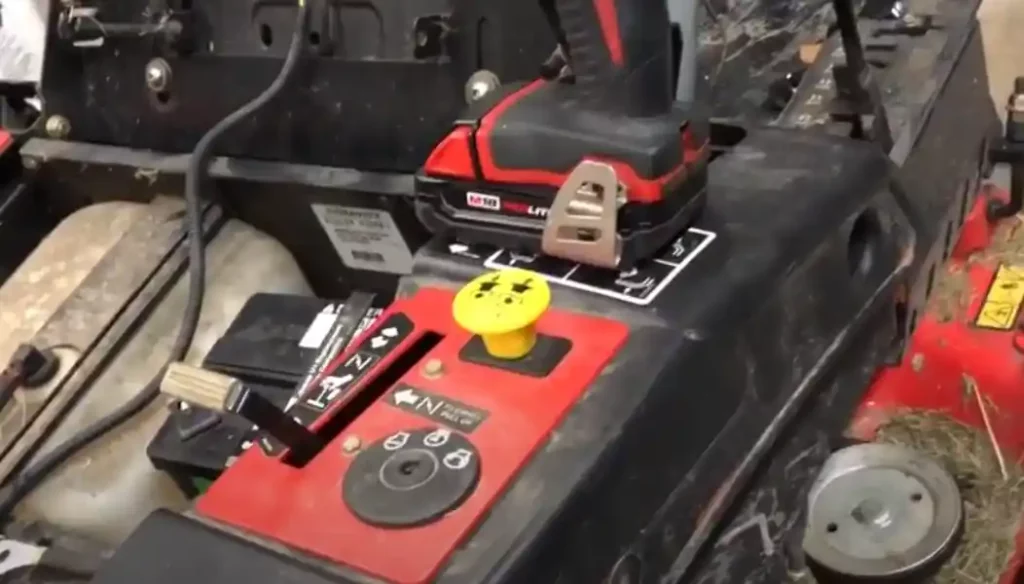
A faulty PTO Switch can be another reason when gravely zero-turn mower blades disengage. A faulty PTO switch can stop voltage from reaching the clutch and protect the blades from engaging.
You can use the digital multimeter to test the switch for continuity of a continuous electrical path. If the switch tests negative for continuity, the PTO switch is defective.
3. Worn Out Manual Clutch
If you have a manual clutch, you can easily engage the blades by shifting the lever. You can tighten the drive belt by mowing the pulley assembly. Check if the drive belt or clutch is worn out; you will need to replace the pulley assembly.
4. Worn or Broken Blade Drive Belt
A broken or worn-out blade drive belt becomes unable to engage the blades. You can install a new drive belt to resolve the problem if you have a defective one.
5. Damaged Clutch Cable
A misaligned or damaged clutch control cable may also disengage the blades. If your gravely zero turn mower cable is faulty, replace it to resolve the issue.
Read Also: Who Makes Gravely Mowers: The Durable Commercial Mowers
Step-by-Step Process to Engage Blades on a Gravely Zero Turn Mower
Engaging the blades on a gravely zero turn mower is not a very complicated task if you follow simple steps to diagnose and resolve the issue.
It may not take more than 15 minutes to engage the disengaged blades on a gravely zero turn mower.
Things You Will Need:
- Gravely Zero turn mower
- Multimeter
- Wrench
- Flat surface
Get the Klein Tools MM400 multimeter for accuracy. It is easy to operate and offers high capacitance. It is compatible with measuring capacitance, duty-cycle, temperature, continuity, and test diodes.
Easy 5 Steps: How to Engage Blades on Gravely Zero-Turn Mower?
Step 1- Check the Switch.
Take your Gravely Zero turn mower to the garage on a flat surface. Take off the side cover and set the cover aside. You will get access to the switch.
Take the multimeter and test the switch by connecting it to the switch wires. Check the voltage on the multimeter. It should be 12 or close to 12 volts.
Check the voltage from both sides; if the voltage is 12 on both sides, it means power is coming from the battery.
Pull out the Switch; power should go from the switch when you pull the switch. Here you will see three leads, red, black, and green. Green lead is running through the green wire to the actuator.
Switch on the zero turn mower and check the voltage from the green wire. If it is 12 Volts, it means the switch is okay. But if there is no voltage or showing low voltage, your switch is faulty, and you need replacement.
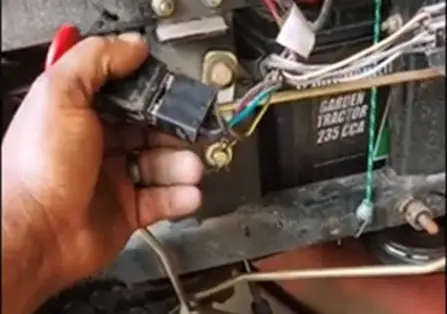
Step 2- Check the Actuator
Locate the actuator; you will find the actuator at the bottom of the mower. The actuator has a spring and connects with power through a wire. When you turn the switch on, the actuator gets power.
Notice the actuator; you will see power when you switch it on. When you switch it on, it gets power and shows movement.
But the actuator is faulty if you do not notice the power or hear the clicking sound. You may need to replace the actuator for engaging the blades.
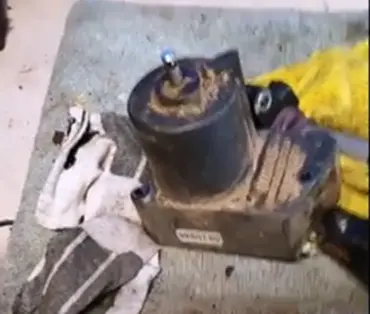
Step 3- Check the Wires
The gravely zero-turn mower has three wires running from the switch to the actuator. There are three wires: red, black and green wires. Check the three wires by connecting them with the multimeter.
Check the voltage from both ends near the switch and the actuator. If you see the wires supply the power until the actuator ends, there is no issue with the wires.
You should check the voltage for each wire separately. It should be 12 or a little more than the 12 volts.
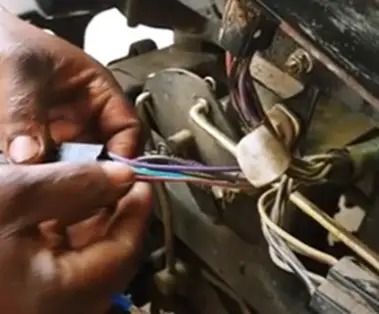
Step 4- Check the Grounding
Your wires are okay, it’s good, but still, if you cannot engage the blades, then you should check the grounding. If there is a problem with the wires grounding, it will also disengage the blades.
So check the ground wires with the multimeter; the voltage should be 12 volts. While checking the grounding, also check the voltage of wires coming from the battery; it should also be 12 volts.
Once you have checked and removed the problem encountered during all steps, you can engage the blades on the gravely zero-turn mower.
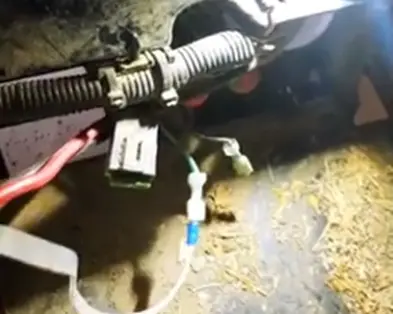
Step 5- Test the Blades
Before starting your routine mowing job, test the blades’ engagement to ensure high performance during mowing.
Switch on the mower and mow the grass and check the performance. If the mower moves smoothly and no uneven patterns appear while cutting the grass, your blades work perfectly. You have done this job. Let’s start your hassle-free mowing project.
Read Also: A Comprehensive Guide on Gravely Drive Belt Diagram
Frequently Asked Questions (FAQs):
How Can I Identify the Bad Clutch on a Zero Turn Mower?
If you have a bad clutch, it will start squealing, or your zero turn mower will start revving higher. Disengage the PTO and turn off your gravely zero-turn mower. Check the clutch bearing, flywheel surface, and PTO pulley; you will find the issue in these three areas.
Should the Wheels on Zero Turn Mower Touch the Ground?
You may see variations depending on the model and size of the mower. But generally, the bottom of the wheels should be 1/8-1/2 of an inch from the ground. After proper adjustment, your blades will better engage and cut the grass even on uneven terrain.
What are the Most Occurring Reasons When Blades are Not Engaged?
The most occurring reason is a stretched or loose belt that causes slipping or falling off the belt. Too tight belt slows down the blades and a loose belt slips when mowing. You should keep the blades moderately tight for better engagement.
Conclusion
Not only do you have the sharp, but you also need well-engaged blades for the efficiency of a gravely mower. It will benefit you in several ways, such as making your job easier and perfect and saving fuel.
Gravely zero turn mower blades can disengage for several reasons, but you can easily identify and fix them to resolve the problem.
Related Posts:
- Comprehensive guide: Rebuilding a zero turn motor in detail
- Easy 5-step guide: Fixing Exmark zero turn steering problems
- Step-by-step guide: Draining gas from Kubota zero-turn lawn mower
- Proper technique for utilizing zero turn mower ramps to change blades
- Step-by-step troubleshooting guide: Lesco zero turn mower problems

